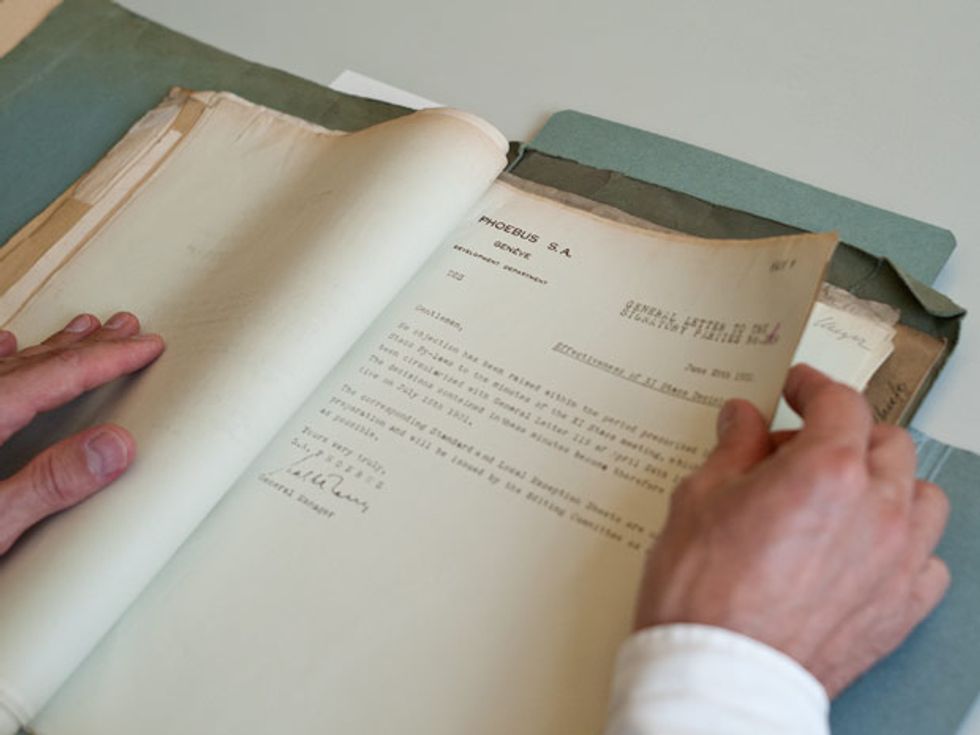In Thomas Pynchon’s cult classic Gravity’s Rainbow, an immortal lightbulb named Byron runs afoul of a secretive international industrial alliance known as the Phoebus cartel. When the cartel detects that Byron has exceeded his programmed life span, the Committee on Incandescent Anomalies dispatches a hit man to take Byron out.
Markus Krajewski, like many readers, found the story both “wild and weird.” And yet, he says, “I knew that Pynchon’s prose style mixes fact and fiction, and so I wondered: Could this be true?”
Turns out, many parts of Pynchon’s tale were indeed based on fact: There really was a Phoebus cartel, and it really did target lightbulbs. Krajewski learned that Pynchon had relied on bona fide economic histories in weaving his tale of the cartel, including George W. Stocking and Myron W. Watkins’s 1946 text, Cartels in Action: Case Studies in International Business Diplomacy. Digging deeper, he discovered that the Municipal Archives in Berlin housed corporate records from Osram, a key cartel member. At the time, in the late 1990s, he was studying in Berlin at Humboldt University, so he decided to “order up some files.” In this rich trove were letters and reports that documented how the cartel conspired to engineer a shorter-lived incandescent lightbulb. His article, “The Great Lightbulb Conspiracy,” appears in the latest issue of IEEE Spectrum.
Now a professor of media studies at the University of Basel, in Switzerland, Krajewski [he’s shown above at the Berlin archives] says at first he was “quite astonished that the cartel so meticulously tried to control everything connected to such an ordinary object like the lightbulb.” But when he considered the huge profits involved, it all made sense.
Still, he says, by reducing the lightbulb’s life span, the cartel was essentially working against progress. “William Meinhardt, the head of Osram, always argued that the cartel was for the benefit of the consumer,” Krajewski says. And that, he concluded, was the biggest fiction of all.
Jean Kumagai is the Executive Editor at IEEE Spectrum. She holds a bachelor's degree in science, technology, and society from Stanford University and a master's in journalism from Columbia University.




